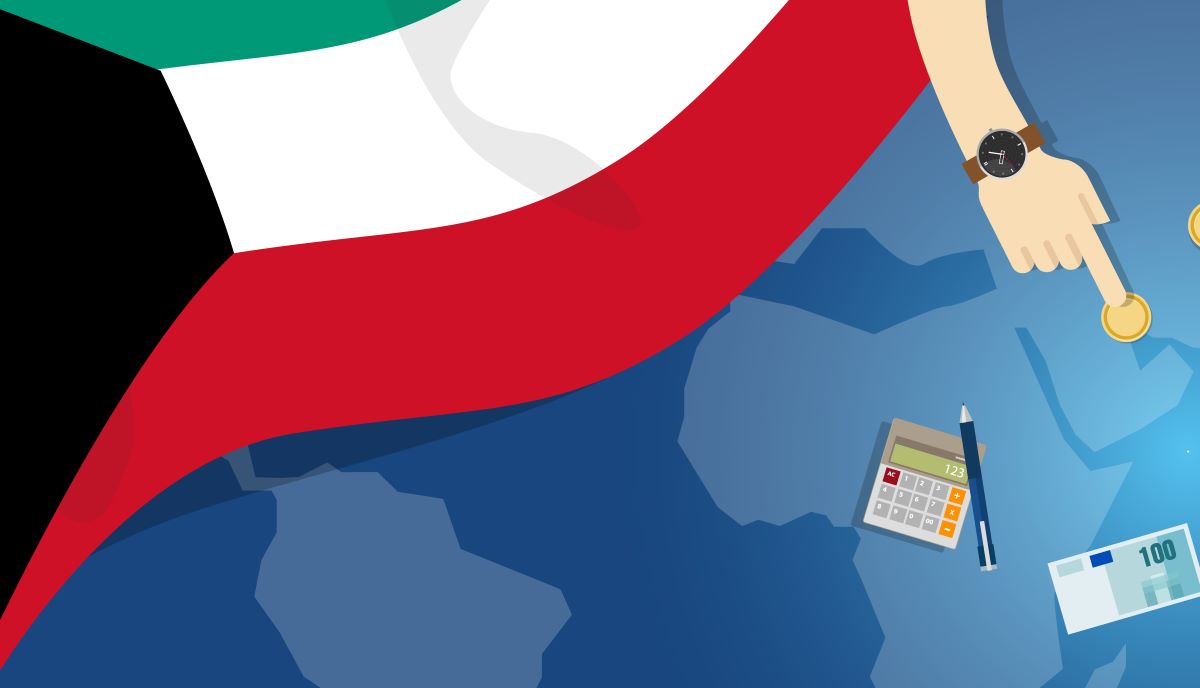An S&P report estimated the profitability of Kuwaiti banks to remain high in 2023. It was an indication that the banking sector would benefit from high interest rates in the long term, according to Al-Anba daily.
S&P expects higher interest rates will lead to lower demand from corporate and individual borrowers.
The report added that the rise in net interest income will be offset to some extent by the move from non-interest deposits to interest-bearing deposits and the increase in credit losses.
Financing continues to benefit from a strong domestic deposit base and a net external asset position. This is creating a positive investor sentiment.
Read: Digital banks in Kuwait make their presence felt
S&P expects lending growth to stay weak. Banks’ lending books expanded annually at 3 percent in H1 2023, much lower than the 8 percent registered in 2022.
Overall, the agency expects the cost of risk to rise and normalize by about 60-70 basis points in 2023 and 2024, from 40 basis points in H1 2023 and at end of 2022.
High provision margins will allow banks to hold broad stability of the non-performing loan (NPLs) ratio.
Sector-wide gross NPLs remain low even as interest rates rise, standing at 1.5 percent at the end of June 2023 (compared with 2.8 percent for the year previous period).
S&P expects that the rise in interest rates will prompt lower credit growth at Kuwaiti banks to about 3 percent from about 8 percent in 2022, and a decline in the total lending growth of Saudi banks to about 10 percent in 2023, from 14 percent in 2022.
Qatari banks are expected to face a sharp decline in credit growth, as the country’s major infrastructure projects, a main credit component, were built prior to hosting the 2022 FIFA World Cup.
While the Covid-19 pandemic and accompanying slump in oil prices put the brakes on lending growth in 2020, activity has steadily increased since then, rising by 6.3% in 2021 and 7.7% in 2022, according to data from the National Bank of Kuwait (NBK).
For more on banking and finance, click here.








